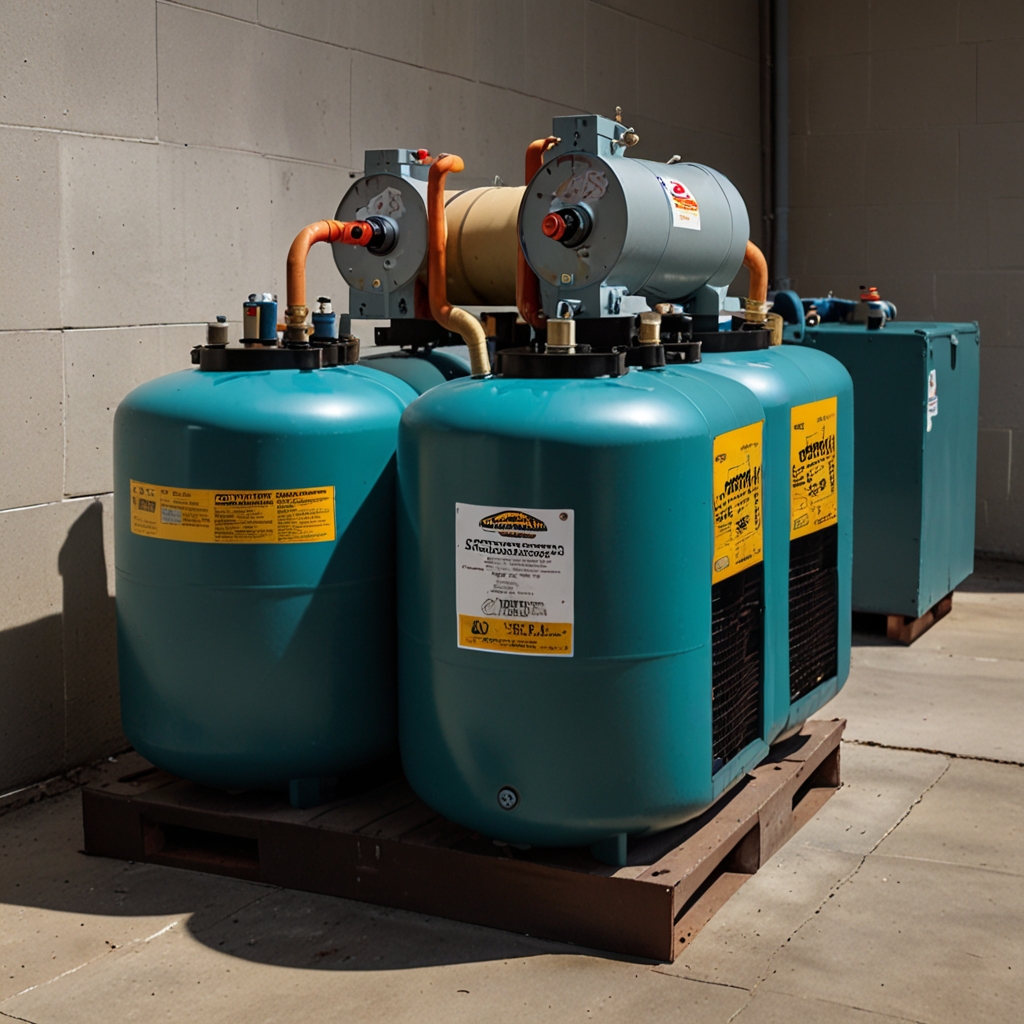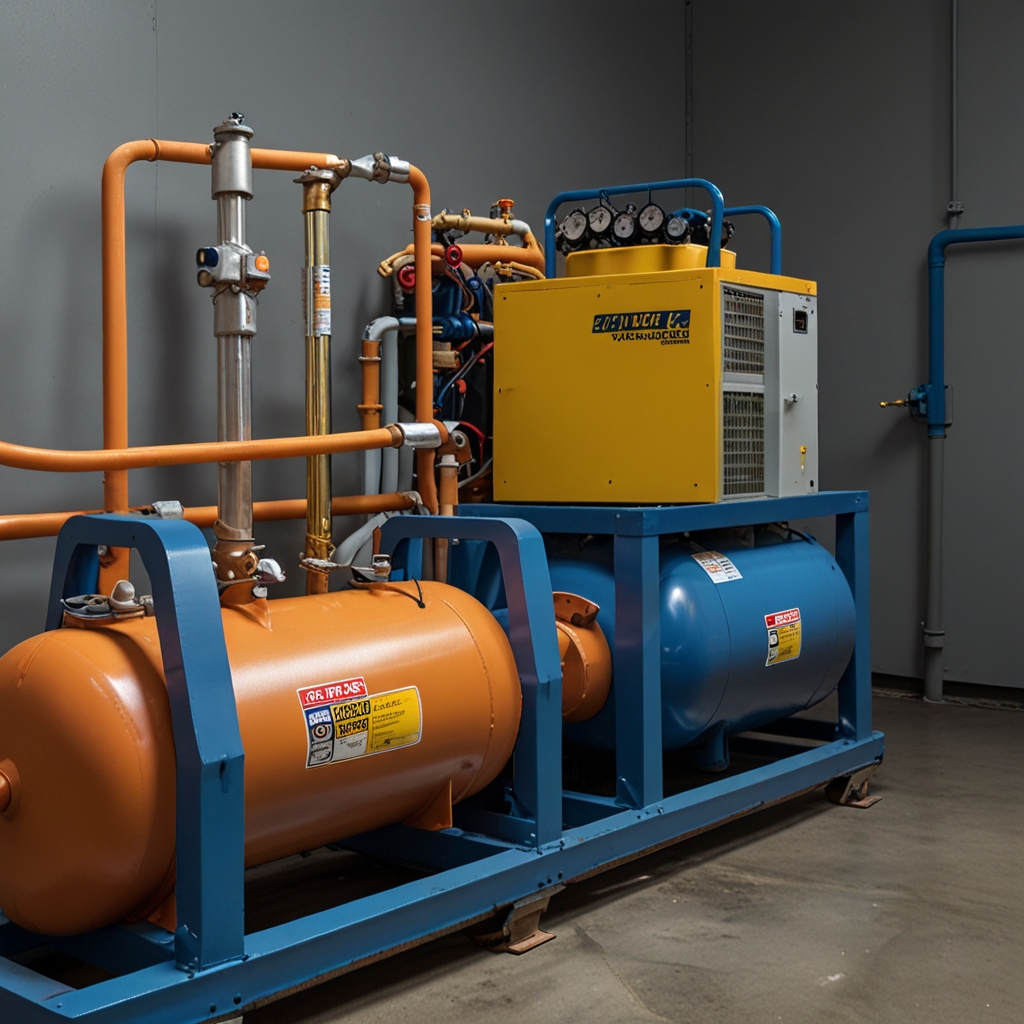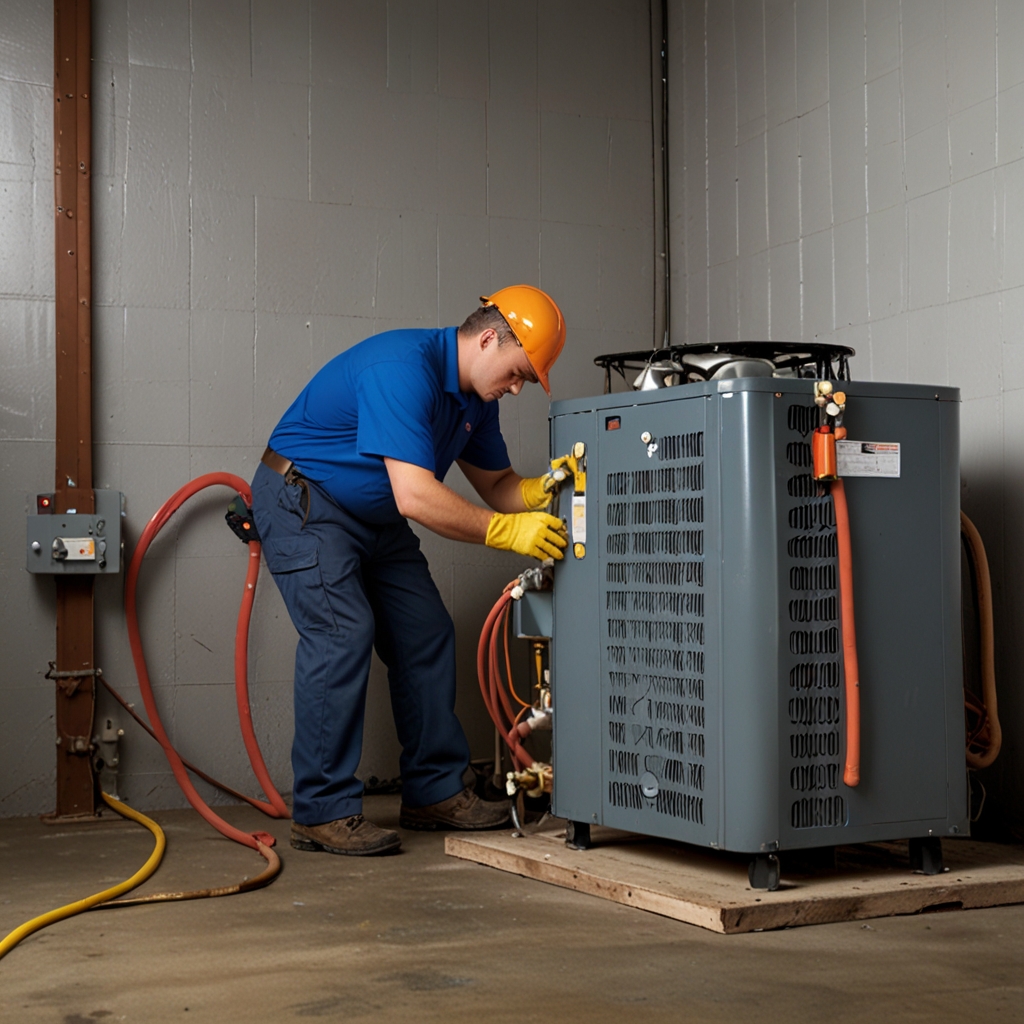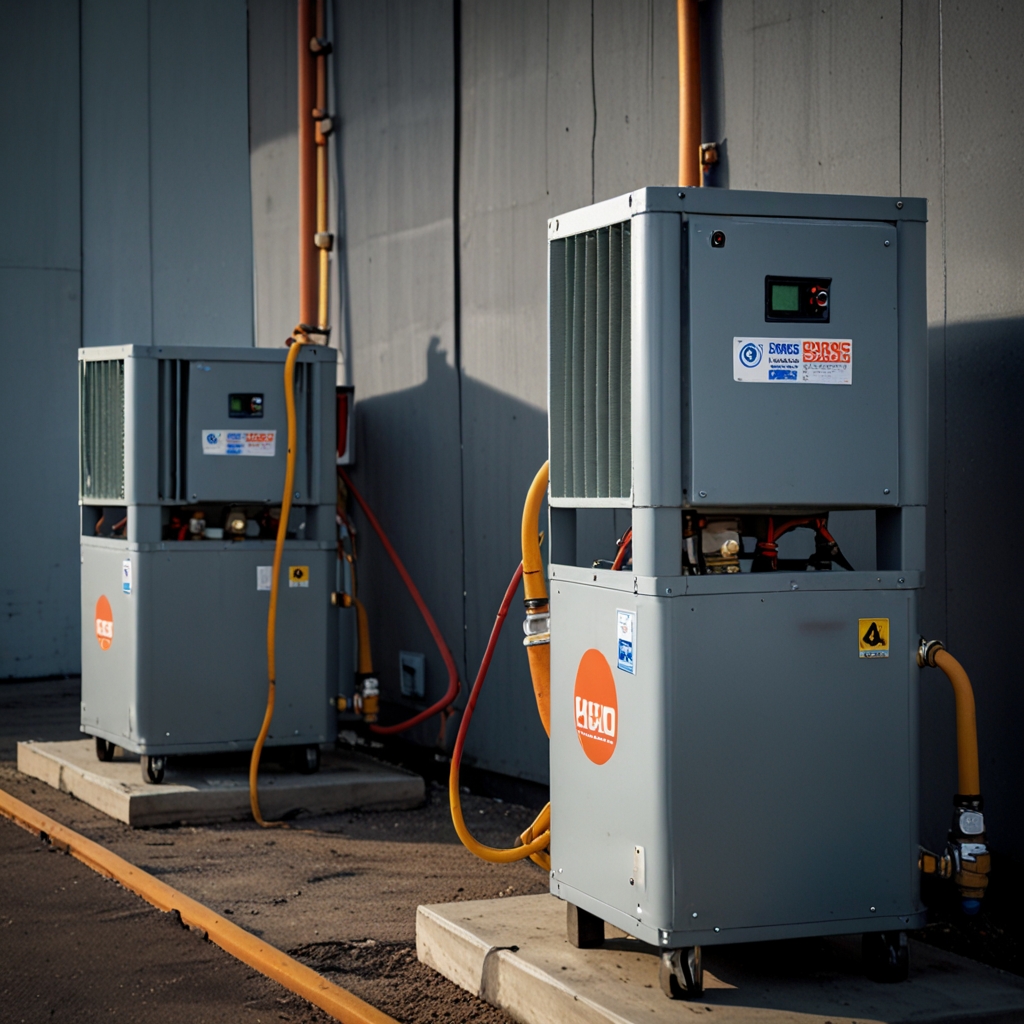Precision refrigerant recharging with the Robinair 34788NI machine ensures accurate and efficient upkeep of automotive air conditioning systems. Professionals can rely on this refrigerant recovery tool to improve the overall performance, longevity, and reliability of HVAC systems by providing precise measurements during the recharging process.

Understanding the Benefits of Precision Refrigerant Recharging with the Robinair 34788NI Machine
The key benefits of precision refrigerant recharging include improved system efficiency and reduced chances of equipment malfunction. The Robinair 34788NI machine enhances refrigerant accuracy through advanced technology that ensures reliable measurement and dispensing, making it essential for optimal performance.
Precision refrigerant recharging can save professionals money on repairs by preventing leaks and breakdowns, which commonly occur due to improper refrigerant levels. Precision is important in refrigerant management and servicing because it guarantees compliance with environmental regulations and ensures the effectiveness of the cooling system.

How can precise refrigerant recharging enhance system efficiency?
Precise refrigerant recharging can lead to an average efficiency gain of 10 to 15 in air conditioning systems. An efficiently recharged system can consume up to 30 less energy, resulting in significant savings on utility bills.
With precision tools, professionals can achieve a refrigerant accuracy of up to 99.5, ensuring optimal performance in various automotive applications. A well-recharged system can affect temperature control by as much as 5 to 10 degrees Fahrenheit, leading to improved comfort for passengers and enhanced operational efficiency.

How the Robinair 34788NI Machine Ensures Accurate Refrigerant Levels
The Robinair 34788NI machine assists in level measurement with features like advanced sensors and digital displays that provide real-time refrigerant data. For optimal function, refrigerant levels should be checked regularly, ideally every time the system undergoes service or maintenance.
The measurement standards used to ensure refrigerant accuracy include calibrated gauges and temperature-compensated scales, guaranteeing reliable results. Additionally, the Robinair 34788NI can be modified to manage different refrigerants, providing versatility for professionals handling diverse automotive systems.

What are the key factors influencing refrigerant level accuracy?
The maximum allowable error for refrigerant level measurement should not exceed 0.5, ensuring that systems operate within their designed parameters. Calibration checks should be performed at least once every six months to maintain high accuracy throughout the operation of the refrigeration system.
A total of six internal components commonly impact measurement precision, including pressure transducers and flow meters, found in the Robinair 34788NI machine. To achieve accurate refrigerant levels, professionals should follow a standardized procedure that includes system evacuation, leak testing, and proper refrigerant charging steps.
Best Practices for Using the Robinair 34788NI Machine for Refrigerant Recharging
The top safe practices when using the Robinair 34788NI include wearing appropriate personal protective equipment and ensuring correct connections to avoid refrigerant leaks. Beginners can effectively use the precision features of this machine by starting with a user manual and undergoing hands-on training to build confidence in the operation.
Regular maintenance routines, such as replacing filters and cleaning components, keep the Robinair 34788NI machine in good shape and promote its longevity. A typical refrigerant recharge process using this machine generally takes about 30 to 45 minutes, depending on system specifications and refrigerant type.
What safety precautions should be taken during refrigerant recharging?
The minimum number of personal protective equipment required includes gloves, goggles, and respiratory protection to ensure technician safety. Technicians should maintain a distance of at least 10 feet from toxic refrigerants to minimize exposure risks during the recharging process.
The maximum allowable exposure time to refrigerants should be limited to 15 minutes without adequate ventilation to ensure safety during operation. Additionally, technicians should conduct at least two pressure tests after recharging to ensure that the system is leak-free and functioning correctly.
